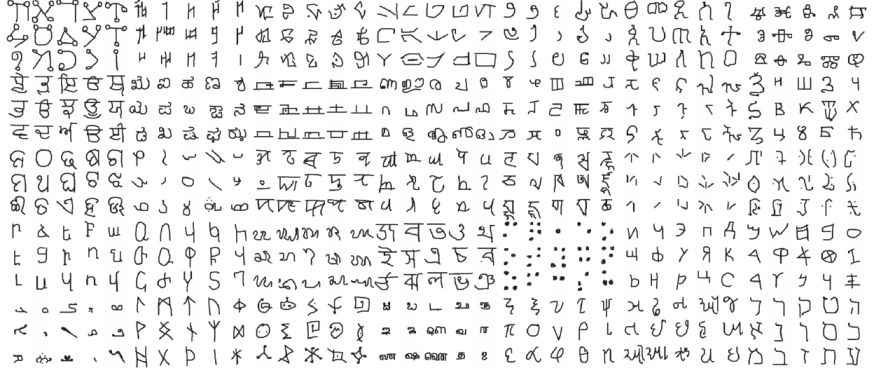Podcast: Play in new window

BOB HIRSHON (host):
Helping computers learn. I’m Bob Hirshon and this is Science Update.
Children quickly learn to recognize each letter of the alphabet—even when it’s scrawled in crayon by a classmate. Computers need hundreds of detailed parameters before they catch on. In the journal Science, New York University cognitive scientist Brenden Lake and his colleagues report on a new computer algorithm that lets computers learn more like a child does.
BRENDEN LAKE (New York University):
To give an example, the letter A is represented by code that, when you run it, generates new examples of the letter A. And it does so with a set of virtual pen strokes that are a bit like how people would draw an A.
HIRSHON:
Rather than a set of parameters, the computers learn the essence of what makes an A. The work could lead to computers and robots that can better process incomplete information and that can generate novel solutions to problems. I’m Bob Hirshon, for AAAS, the science society.
